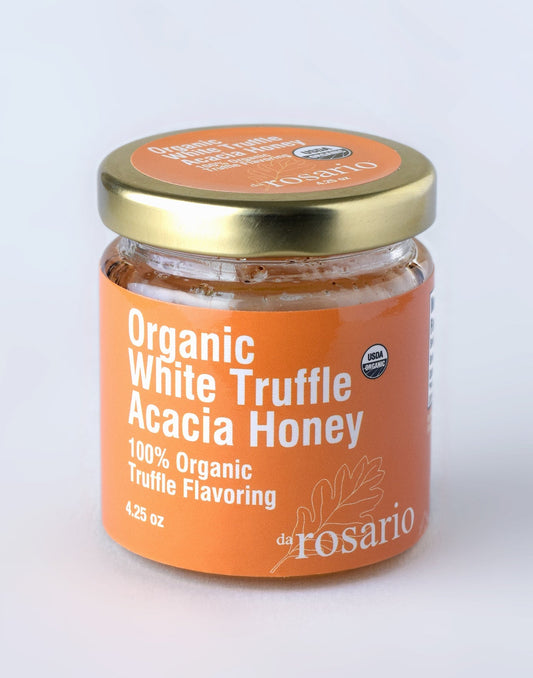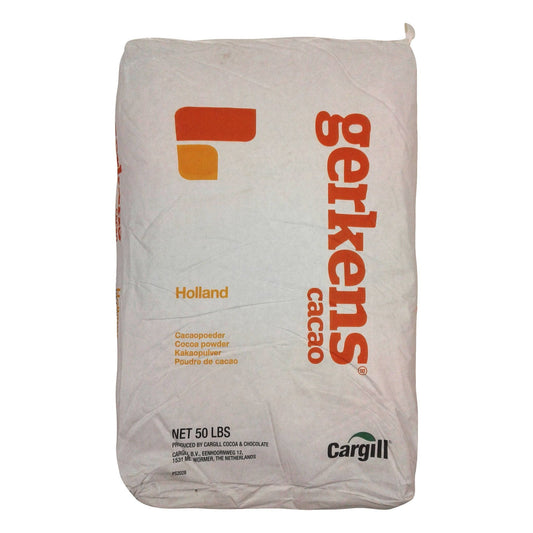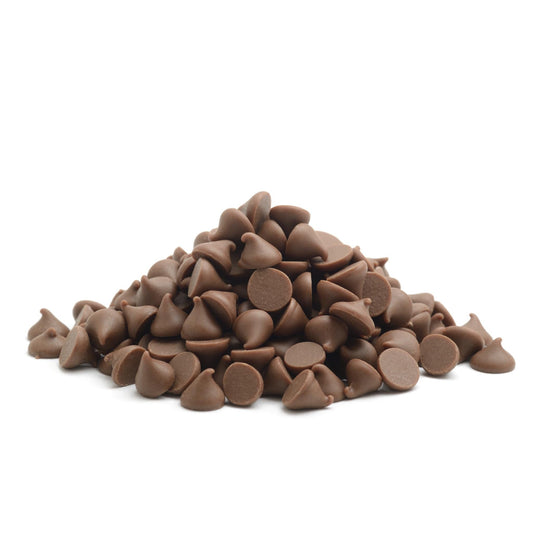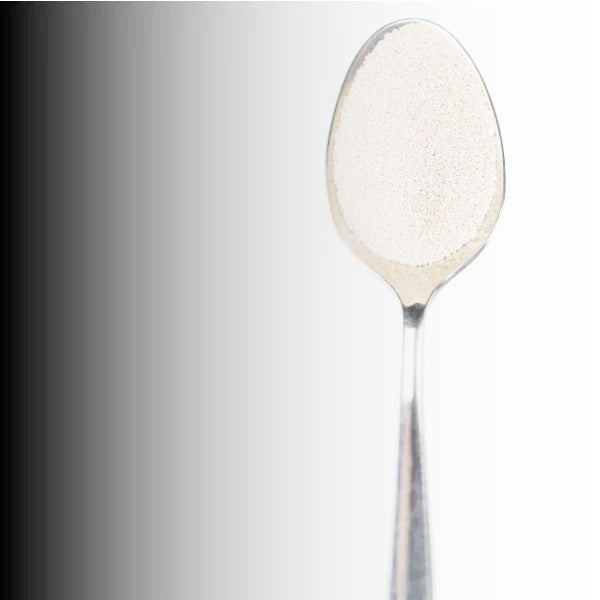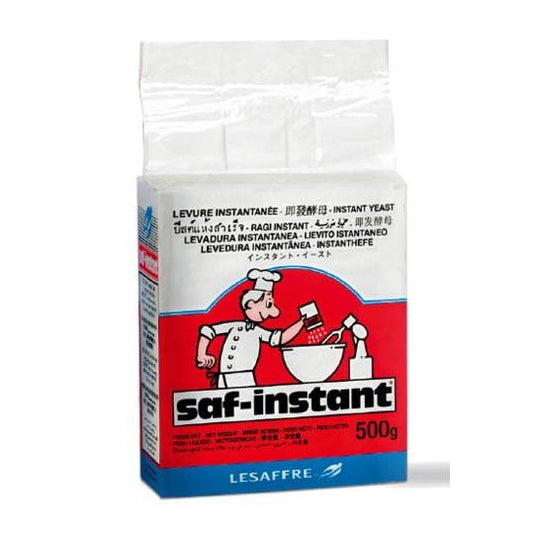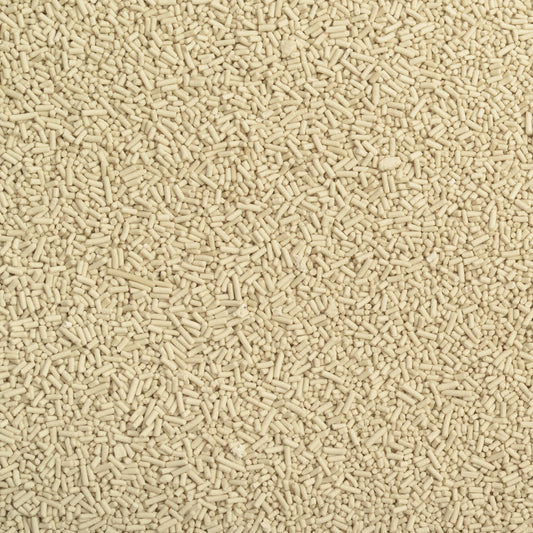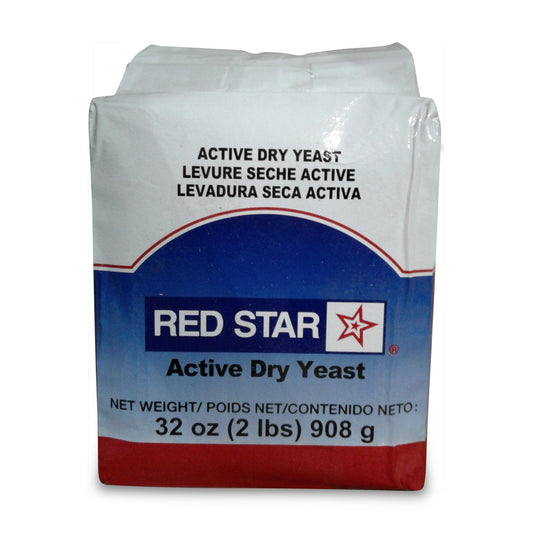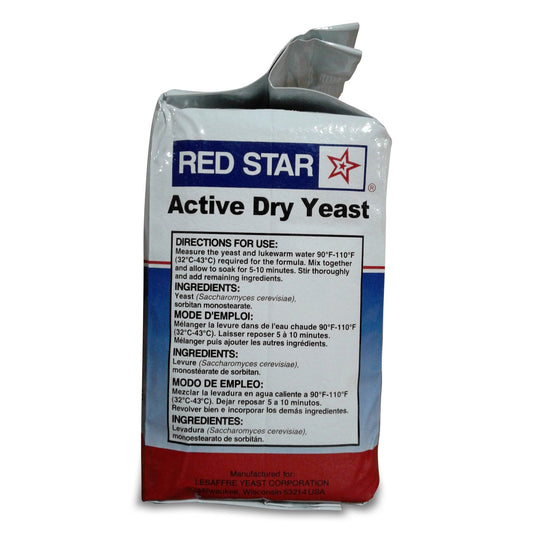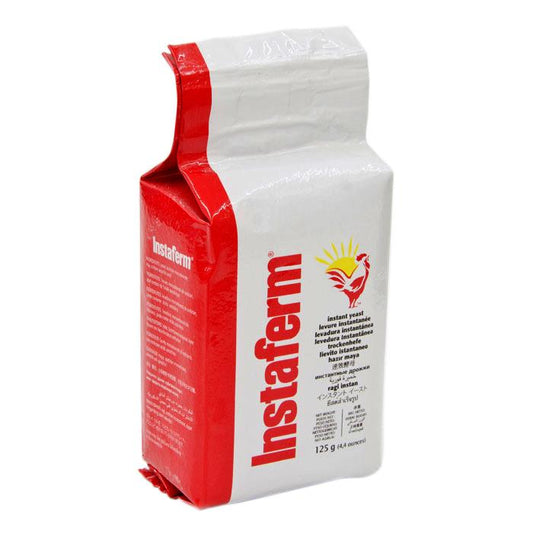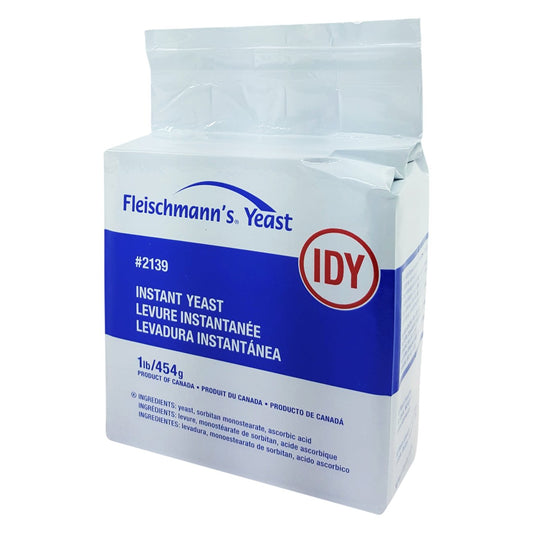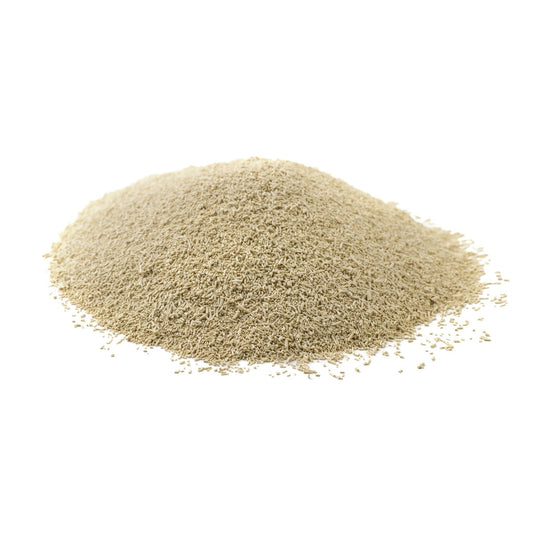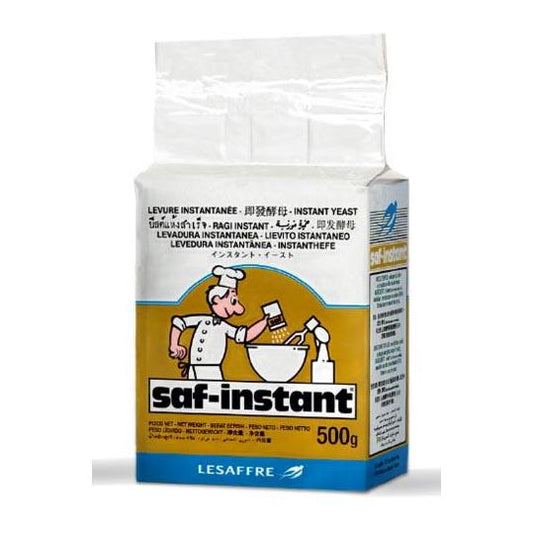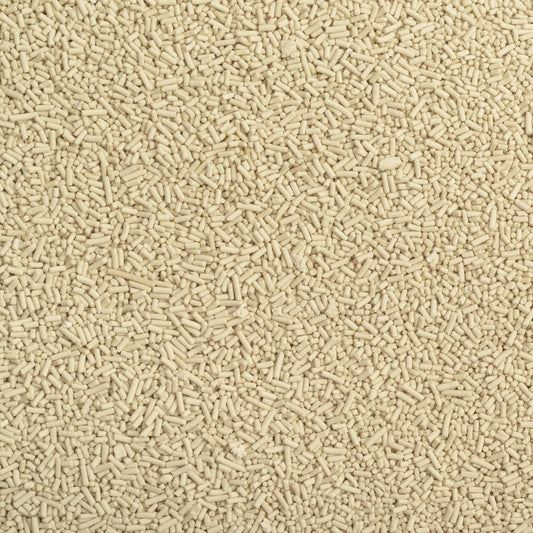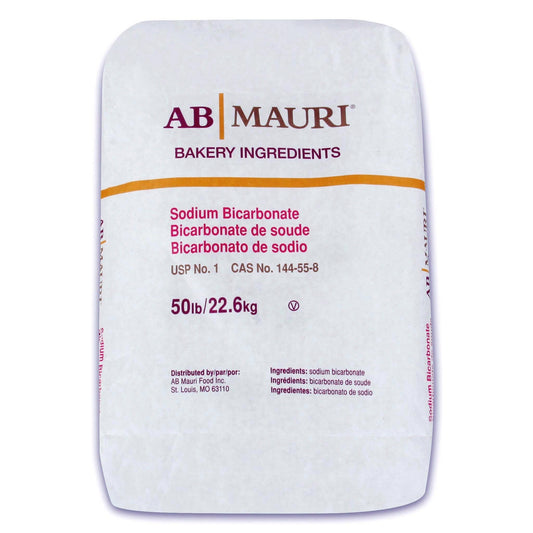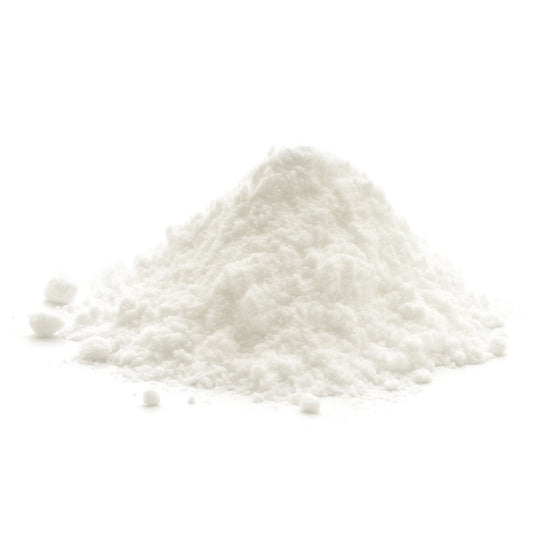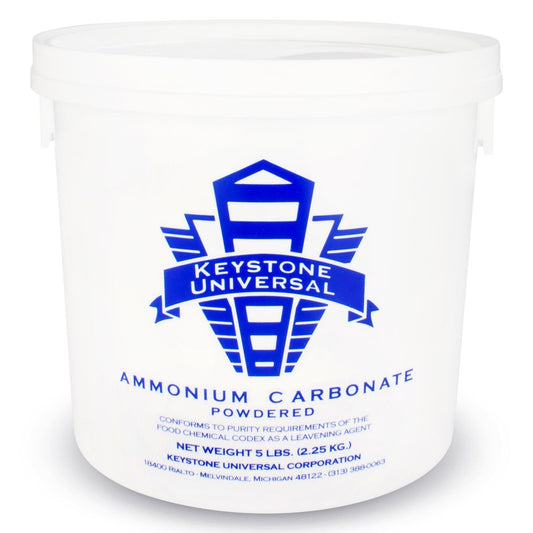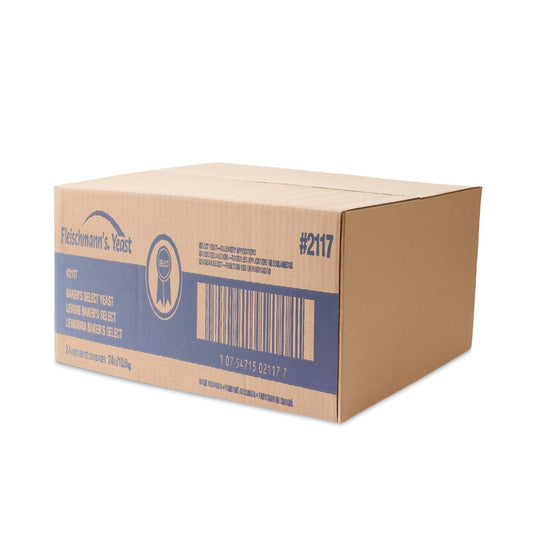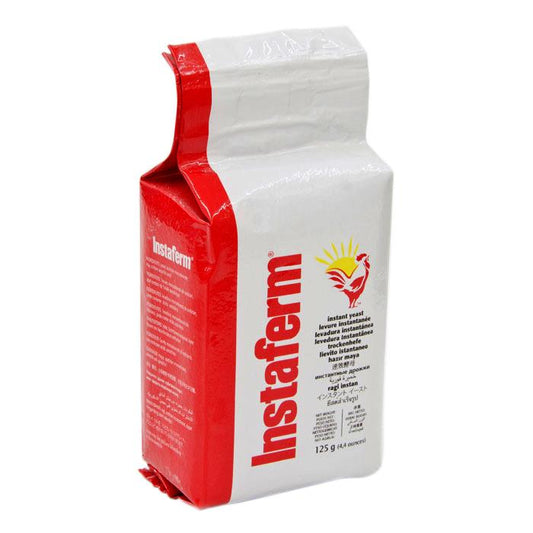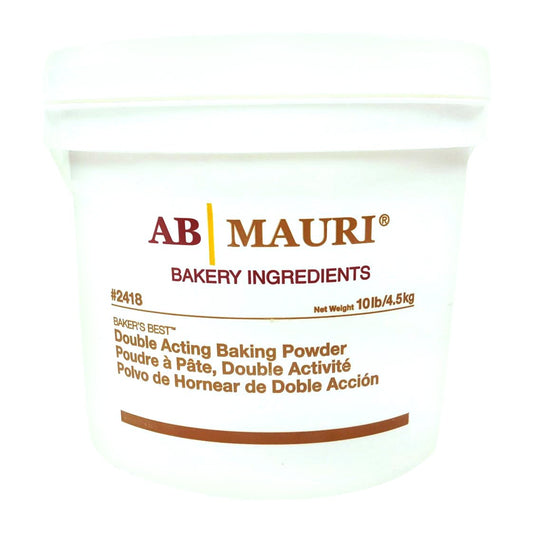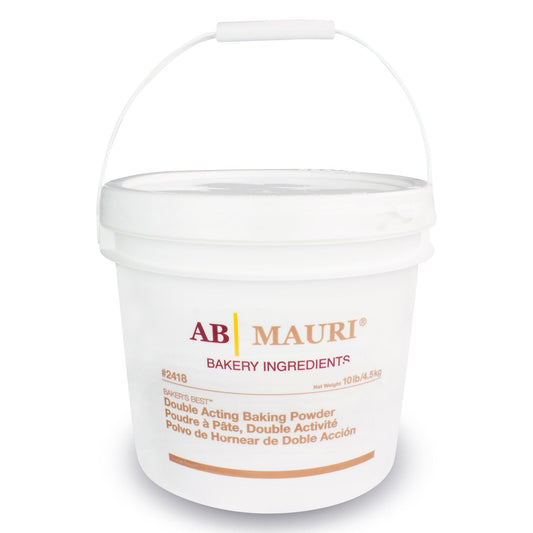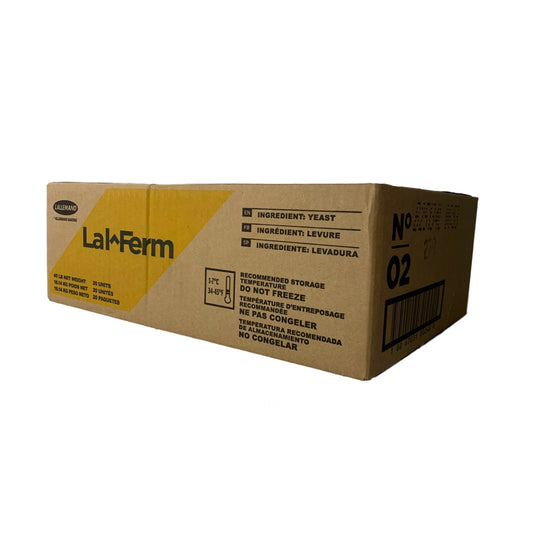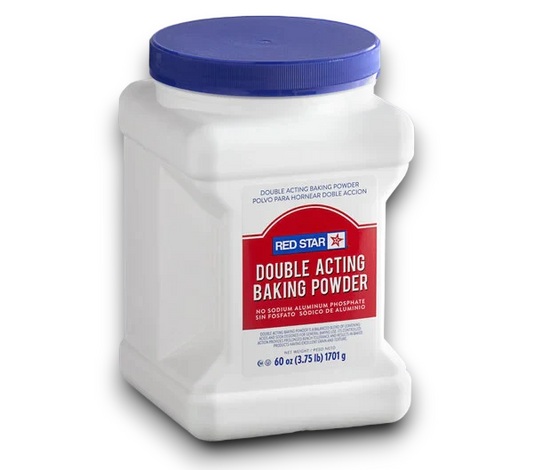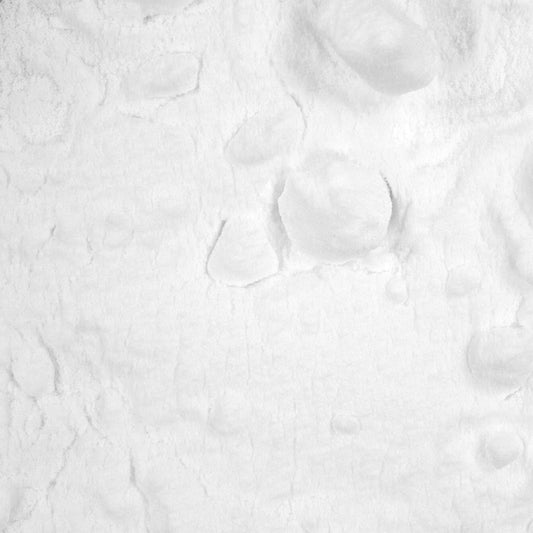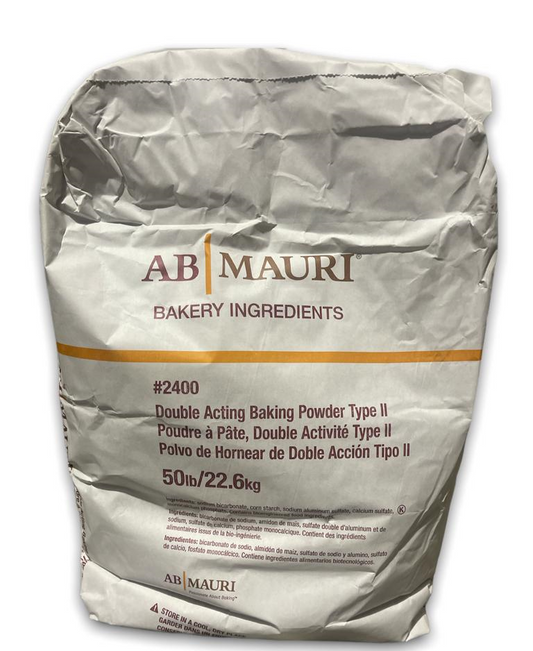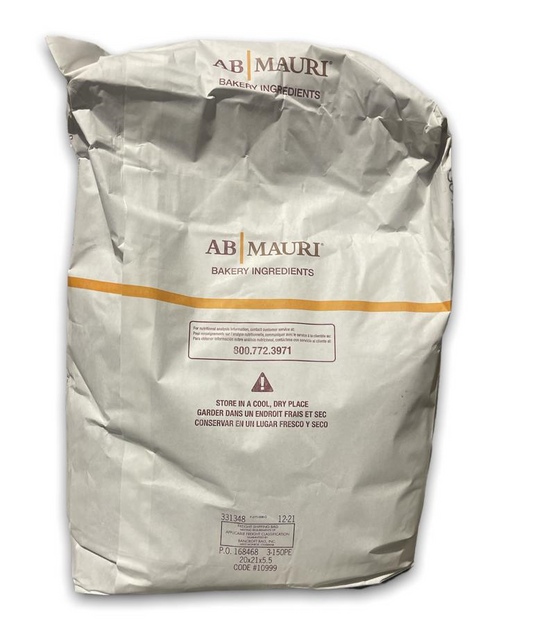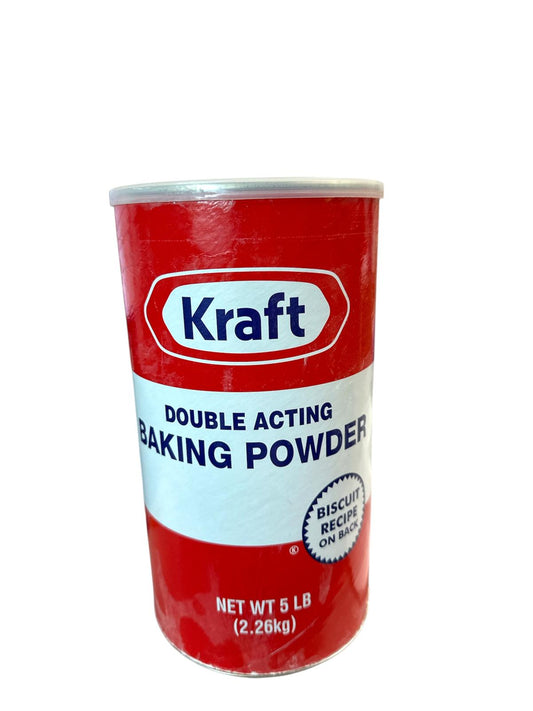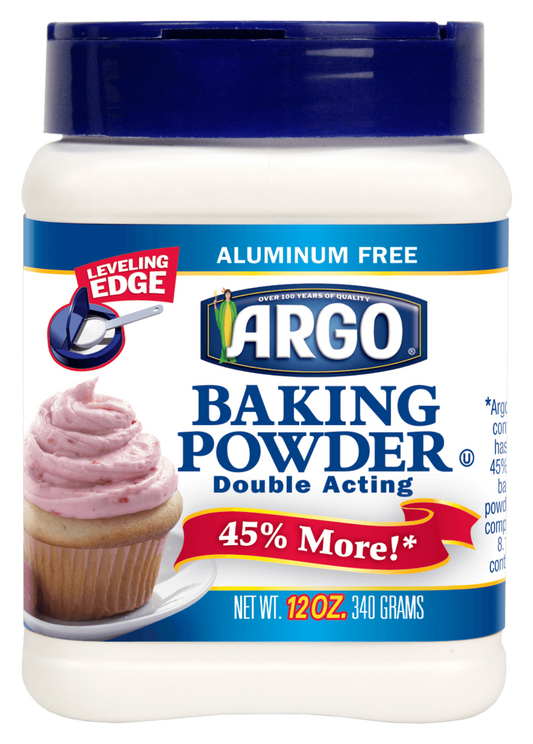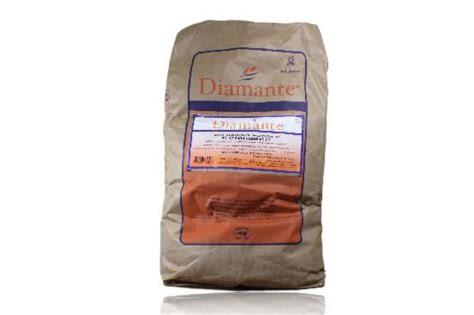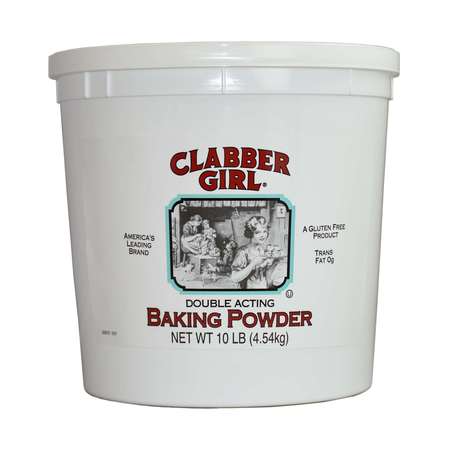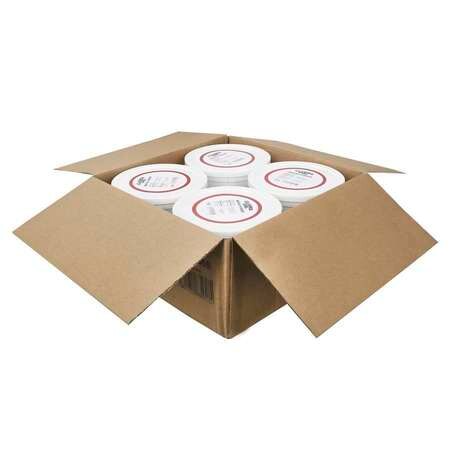-
Vendor:Lesaffre Yeast Corporation
SAF Instant Red Label Yeast
Regular price $5.64 / 1LBRegular priceUnit price per/ 1LBSale price $5.64 / 1LB -
Vendor:Red Star
Active Dry Yeast
Regular price $13.23 / 2 lbRegular priceUnit price per/ 2 lbSale price $13.23 / 2 lb -
Vendor:Lallemand
Instaferm Red Instant Dry Yeast 1LB
Regular price $5.78Regular priceUnit price per -
Vendor:Fleischmann's
Instant Dry Yeast (Fleischmann's)
Regular price $4.87 / 1 lbRegular priceUnit price per/ 1 lbSale price $4.87 / 1 lb -
Vendor:Lesaffre Yeast Corporation
SAF Instant Yeast Gold Label
Regular price $6.20 / 1lbRegular priceUnit price per/ 1lbSale price $6.20 / 1lb -
Vendor:AB Mauri
Baking Soda (Sodium Bicarbonate)
Regular price $3.61 / 2 lbRegular priceUnit price per/ 2 lbSale price $3.61 / 2 lb -
Vendor:Keystone Universal
5 lb Ammonia Powder - Ammonium Carbonate (Bakers Ammonium)
Regular price $48.24Regular priceUnit price per -
Vendor:Fleischmann's
Baker's Select Fresh Yeast (Case of 24)
*Ships on Mondays & Tuesdays onlyRegular price $41.14Regular priceUnit price per -
Vendor:Lallemand
Instaferm Red Instant Dry Yeast (Case of 20)
Regular price $116.68 / 20LBRegular priceUnit price per/ 20LBSale price $116.68 / 20LB -
Vendor:AB Mauri
Double Acting Baking Powder
Regular price $36.89Regular priceUnit price per -
Vendor:Bakers Authority
Ammonium Bicarbonate (50LB) BRAND CHANGES
Regular price $138.35Regular priceUnit price per -
Vendor:AB Mauri
Baker's Best Double Acting Baking Powder
Regular price $150.02Regular priceUnit price per -
Vendor:Eagle Yeast
Active Yeast (Case of 20)
*Ships on Mondays & Tuesdays onlyRegular price $103.49Regular priceUnit price per -
Vendor:Red Star
Red Star Double Acting Baking Powder
Regular price $19.28 / 375 lbRegular priceUnit price per/ 375 lbSale price $19.28 / 375 lb -
Vendor:CARAVAN
CI Baking Powder 50lbs
Regular price $145.15Regular priceUnit price per -
Vendor:Bakers Authority
Baking Powder - 50 lb
Regular price $97.52Regular priceUnit price per -
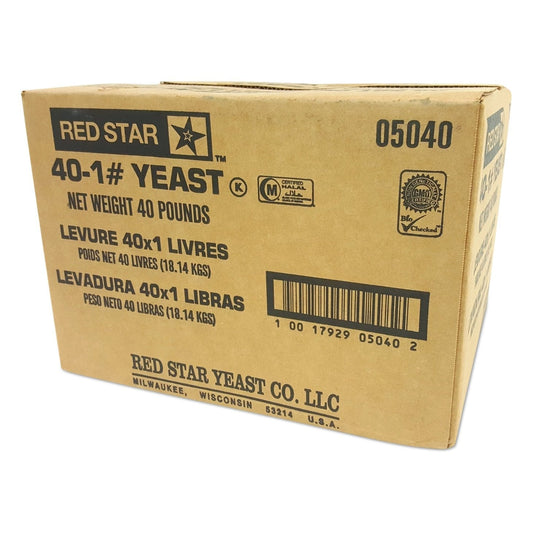 Sold outVendor:Red Star
Sold outVendor:Red StarRed Star Fresh Yeast (Case)
*Ships on Mondays & Tuesdays onlyRegular price $87.20 / 40LBRegular priceUnit price per/ 40LBSale price $87.20 / 40LBSold out -
Vendor:Calumet
Baking Powder 6/5 LB
Regular price $131.75Regular priceUnit price per -
Vendor:Argo
Argo Baking Powder (Case of 12 / 12oz)
Regular price $38.40Regular priceUnit price per -
Vendor:Bakers Authority
Diamante Baking Powder 50 lb Bag
Regular price $95.26Regular priceUnit price per -
Vendor:Clabber Girl
Clabber Girl Double Acting Baking Powder 4/10 lb
Regular price $177.40Regular priceUnit price per
Frequently Asked Questions
-
What are the primary types of yeast available for commercial baking?
- The primary types of yeast used in commercial baking are: Active Dry Yeast Instant Yeast (or Rapid Rise Yeast) Fresh Yeast (or Compressed Yeast)
-
How should commercial-sized packages of yeast be stored?
- Commercial-sized yeast packages should be stored in a cool, dry place away from direct sunlight. If opened, it’s best to store them in an airtight container in the refrigerator to extend shelf life.
-
What’s the difference between baking powder and baking soda, and when should each be used?
- Baking powder and baking soda are both chemical leavening agents. Baking soda requires an acid to activate it, while baking powder contains both the alkaline (base) and acidic components. Baking soda is best for recipes with acidic ingredients like buttermilk or vinegar, whereas baking powder can be used in recipes without any added acid.
-
How can I scale yeast quantities for large batches?
- When scaling yeast for large batches, it's essential to maintain the same yeast-to-dough ratio as in the original recipe. However, be mindful that certain dough properties might change with volume, so always monitor the dough's rise and adjust as necessary.
-
How can I adjust leavening agents for higher altitudes?
- At higher altitudes, the atmospheric pressure is lower, causing dough to rise faster. To counteract this, you may need to reduce the amount of yeast or other leavening agents in your recipe, increase the liquid content, or reduce the baking time and temperature.
-
Can I substitute one type of yeast for another in a recipe?
- While it's possible to substitute one type of yeast for another, it's essential to adjust the quantity and potentially the rising times. For instance, when substituting active dry yeast for instant yeast, you might use a slightly larger quantity and allow for a longer rise.
-
How do I know if my bulk yeast is still active?
- To test the activity of your yeast, dissolve a small amount in warm water (about 100°F or 37°C) with a pinch of sugar. Wait for 10 minutes. If the mixture bubbles and foams, the yeast is active. If not, it's likely expired and should be replaced.

